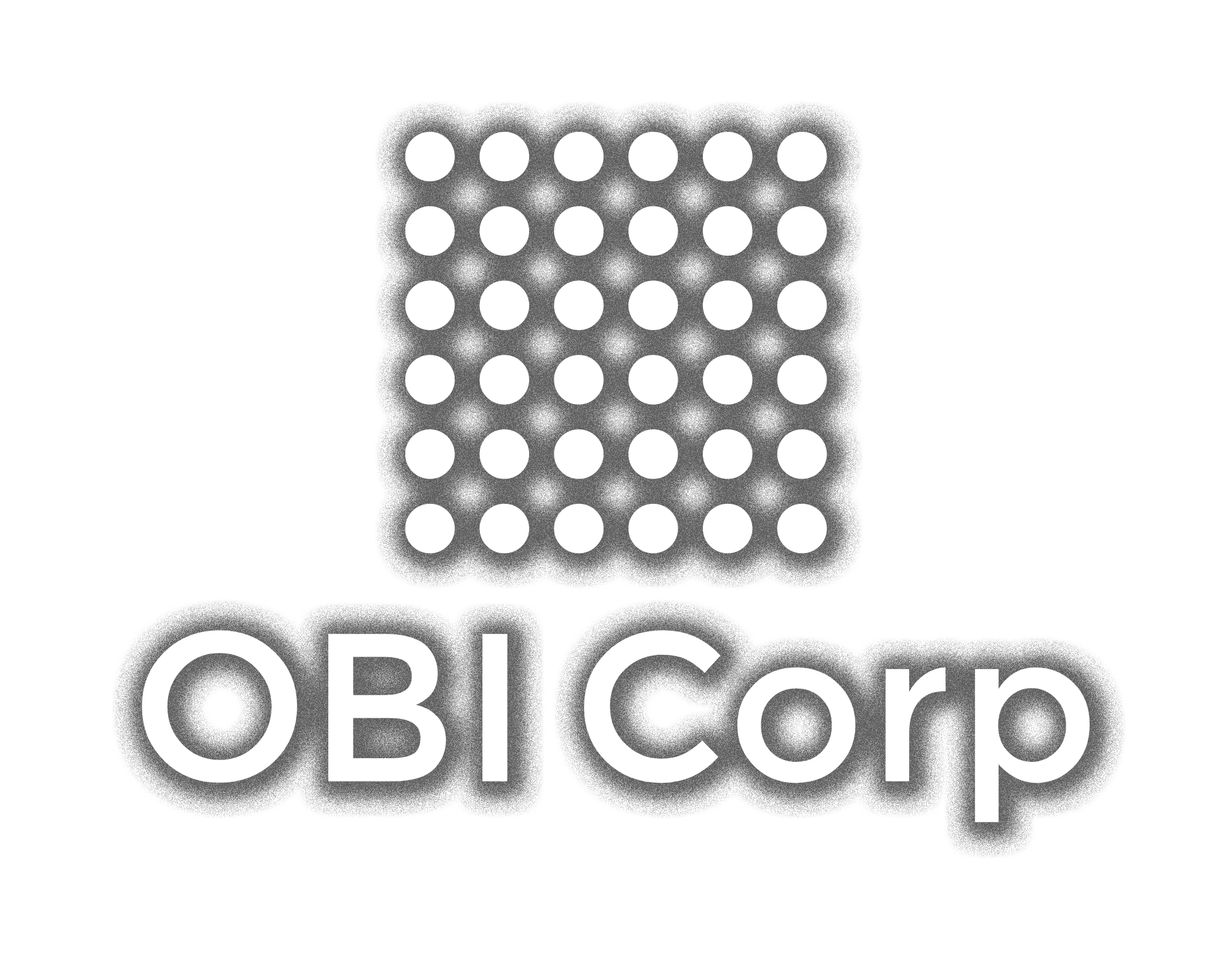Oh, HAI! Stanford's Human Centred Artificial Intelligence Institute Timely Launch.
Stanford has just launched its Institute for Human-Centred Artificial Intelligence (HAI). As someone who works in both human-centred fields (theatre, music, performance, visual arts, education) and technology centred fields (HCI, HRI, UX design, Game design, web development), this is wonderful news. My initial reaction was “finally! My people!” Reading the snippets of information about HAI, I was immediately struck by a concern because the marketing material makes the institute seem like it is all thing for all people. Then, when I pondered this a bit more, I realized that HAI is in essence as ubiquitous as the marketing material makes it sound. I think the success of this institute will hinge directly on the culture that is established. True interdisciplinary work is hard. Often, it relies on unicorns who happen to have just the right mix of the various disciplines as well as the leadership skills to forge strong bonds between specialists in the various disciplines. Doing this intentionally is hard mainly due to the humility required to have the internal fortitude to act as a conduit without imposing your own biases.
Two months ago, I dove headfirst into a journey that is changing me while building on the experiences that have brought me this far. In January, I began studies in the Master of Science in Computational Media Design (CMD) program at the University of Calgary. I was fortunate to have both Dr. Patrick Finn (director of the CMD), and Christian Jacob (head of the Computer Science department), agree to be my co-supervisors. In two months, I have already noticed changes in what I am thinking and how I might contribute to the communities that are furthering our understanding of HAI. So far this semester, I have been moving my mind in multiple directions. First, I have been reflecting on the experiences that have shaped me. Second, I have been following the guidance of my co-supervisors and tracking and exploring my own personal health and deepening my understanding of the notion that our bodies are not separated between mind & body, but the deep interconnections throughout and how this affects how we live and interact with each other. Third, I have been working through a course on Deep Learning AI. This started with the foundations of machine learning, then stepped into Artificial Neural Networks, and now we are moving into Deep Learning. Fourth, I am integrating my understanding of object-oriented concepts and beginning to explore the philosophical work of object-oriented ontologies, in particular, the work being done that was instigated by Morton on Hyperobjects, and Bogost’s suggestion of Alien Phenomenology. The area that intrigues me most is how we as humans network. One great way to delve into thought experiments on that is to begin from the place where humans are objects, or nodes. The relationships that develop between us are objects that form and influence our physiology. I believe this is key to HAI.
Why is the Stanford initiative timely? I believe we are globally approaching an intersection that will require clever and attractive idea makers to help us navigate the existing technologies we barely understand but use everyday. Democratization of technologies has allowed public libraries to give tools to everyone. Anyone with a smart device has a better film camera that what Orson Welles had when he made Citizen Kane. Our world is steeped in advanced technology that we have yet to really understand how to use to make us better people. Centres like the CMD and the iHAI have the opportunity to discover pathways for us to navigate. This is deeper than policy for how to regulate AI. It is deeper than how we use social media. At its core, it is how we live as networked humans. Humanity shifted as a result of literacy, then through print, recently through broadcast. Now we are navigating the networked existence. It’s an exciting time.
I am eager to learn more about what the Institute for HAI will do, who its researchers are, and how I can connect my work, the work in the CMD and the work at the iHAI. As we are discovering networks are hugely powerful, and in our race to develop our digital networks, we are collectively yearning to grow our human networks.
Indirectly related, here is a Pecha Kucha presentation I did a few years ago for the City of St. Albert.
